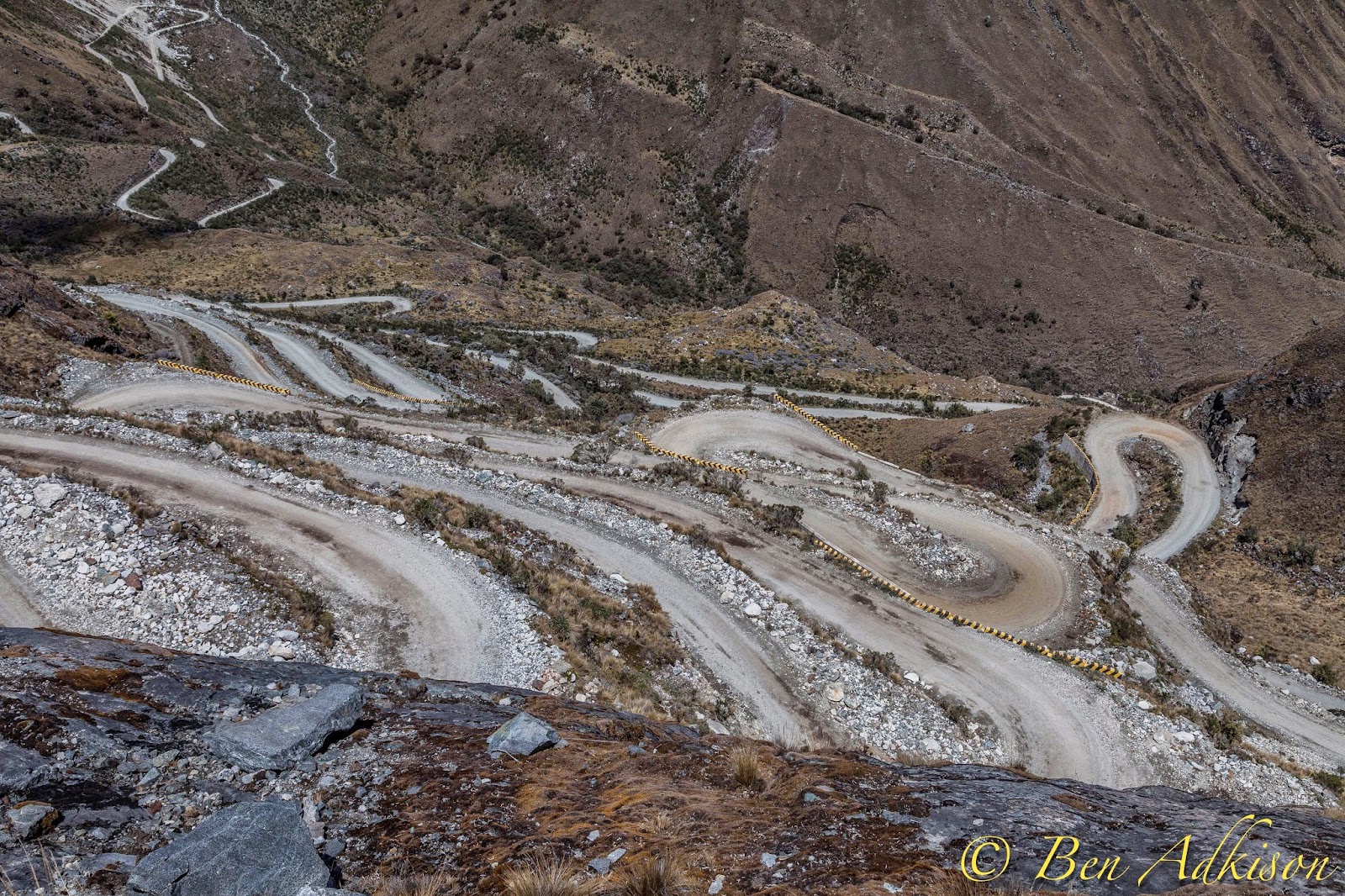 |
| Tongariki in the evening light. |
After my first summer in Antarctica, when the sun didn't set, I missed the darkness. I thought I missed the darkness a lot after a month or so in the Alaskan summer, but after four months of constant sunlight in Antarctica I almost forgot what the darkness was like. Then the sun set for the last time and I began to forget what the sunlight felt like. It was novel to walk outside in late June in Antarctica and look up at the stars at lunchtime. But eventually that novelty wore off. I knew I had to learn how to take photos in the darkness or I wouldn't take photos at all. I quickly learned what it took to capture the light of the night--the light that the naked eye cannot see--and deal with the cold temperatures at the same time.
During those dark months I all but perfected capturing that light and now I sometimes don't even think about taking my camera out until the sun has set. My new desire to capture the night sky has led to many late nights and black circles underneath my eyes. But what I can capture with my camera at night is worth it.
Long before the wheels of the LAN Flight 843 touched down on the remote runway on Easter Island Lena and I were talking about night photography there. It took a few days to figure out how to make it happen, but finally our rental car full of camera gear, dinner and white wine was heading out to a group of moai called Tongariki. This group of 15 moai was far away from the lights of town and situated perfected to catch the evening light and stars.
Along with a number of other tourists we photographed the moai as the sun set on the other side of the island. Afterwards we waited for the darkness on the lava rock "beach" about a half a mile from the moai. Once the darkness fully sunk in we decided to head back to Tongariki to get our fill of night shots. The problem was the park rangers with spotlights making sure people didn't enter the site at night. We certainly weren't going to vandalize anything, but that surly didn't matter to the rangers.
Without headlamps we headed down the road from where the car was parked and through the squeaky gate onto the grass and solidified lava that made up the viewing area. We huddled behind chunks of lava every time a spotlight would sweep near us. I really don't have a clue what would have happened if we were too slow to hide behind the rocks. Not to worry now, we got our shots and are safely back editing the final images.
Soon enough the rangers were satisfied that no one was in the area and drove back to Hanga Roa. The freedom to walk around and take photos below the Milky Way was wonderful. At one point I thought I heard growling, but Lena reassured me that it was just the herd of horses that had wondered up to us.
We returned to Hanga Roa for a few hours of sleep and woke at 5am to pick up Thea, our Danish friend, and head back out to Tongariki for sunrise photos. We were the first people there for almost an hour. The stars were still shining as the purples and blues had just begun to illuminate the sky. Vans of people began to show up for a delayed, but beautiful sunrise and then as quick as they had appeared everyone left and we were alone again as the sun popped above the hills to illuminate the island and unveil the mystery of the night.
 |
| Sunrise above Tongariki |
The time-lapse below was the only one I had time to get on the island. It is just outside of Hanga Roa and consists of 400 images taken over a few hours while trying to sleep on the grass and lava rock under a giant parka next to Lena and a small black stray dog that added quite a bit of warmth. At 2 a.m. I awoke to a, thankfully, dead camera battery and walked back to a real bed.
















































